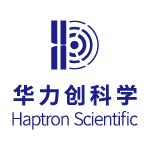Refined force sensor with the smallest size, [Haptron Scientific] assists the endoscopy industry
Release time:
2023-07-22 12:42
Source:
Source
In the 21st century, with the continuous advancement of nanotechnology and MEMS technology, force sensors have achieved new breakthroughs, the size has been further reduced, with higher resolution, and gradually evolved into "right-hand assistants" in the fields of medical health and surgical robots ".
In the medical field, the force sensor can be used to measure human movement, gravity, pressure, etc., to help doctors understand the physiological state of the patient and the evaluation of the treatment plan. For example, the force sensor can be used to measure muscle contraction force, human body weight distribution, and spinal pressure, etc.
However, domestic enterprises in promoting the replacement of domestic sensors in the process of insufficient force. Market data show that in 2022, China's national sensor market is still dominated by foreign brands, with domestic market share less than 30%.
Based on pioneering optical technology
Self-developed force sensor for endoscope
As domestic enterprises continue to increase R & D and innovation efforts, many enterprises have developed multi-dimensional force sensors, such as Haptron Scientific and other enterprises.
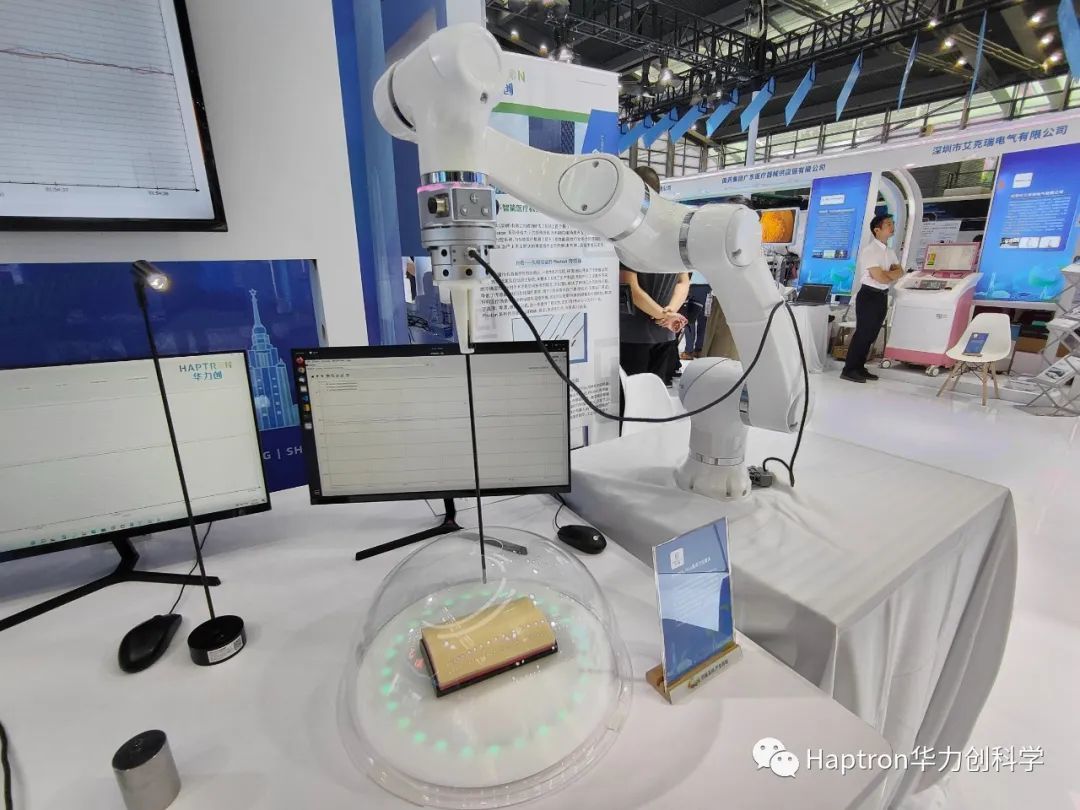
Founded in 2019, Haptron Scientific is a scientific and technological innovation company with the responsibility of "endowing high-level force perception technology". It aims to provide high-performance intelligent ability perception sensors based on optical principles for various industries. At the same time, it can also integrate "visual-touch" perception fusion robots with robots, vision systems and intelligent control algorithms to develop overall force control solutions for target customers, solve the pain point problem of "lack of force perception ability" in various industries.
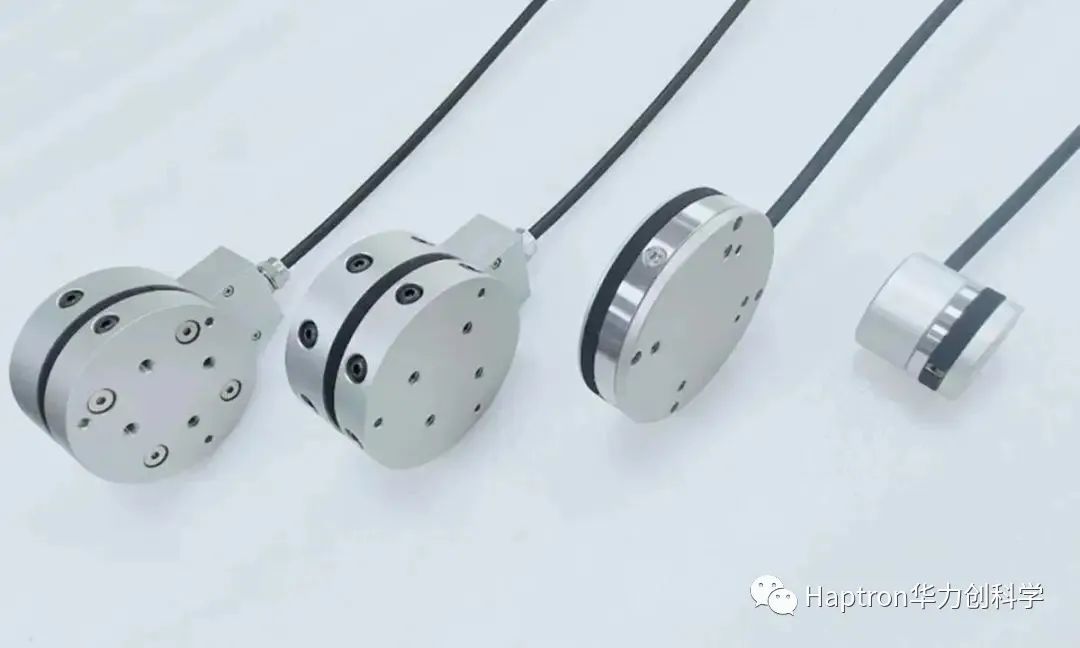
Photon multi-dimensional force sensor (left to right)
Based on mature optical principles, Haptron Scientific has introduced a variety of high-precision force sensors/sensing modules, including the Photon_micro series of miniature multi-dimensional force sensors that can be used in medical endoscopes, which is currently the smallest rigid multi-dimensional force sensor in the world.
The sensor has a diameter of only 8mm and contains a 4mm central through hole to allow the instrument harness to pass through. The physical structure is compatible with soft/hard endoscopes of various specifications. The sensor is compatible with a force perception visualization system, which can effectively monitor the contact force between the endoscope and the human body cavity and assist doctors in optimizing the diagnosis and treatment process.
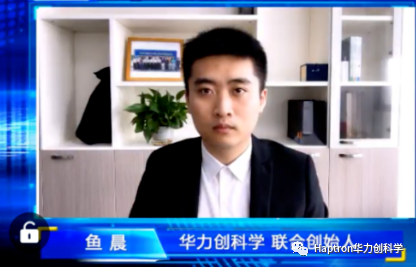
Dr. Yu Chen, co-founder of Haptron Scientific, said that at this stage, the physical structure of the company's latest six-dimensional force sensor can reach a smaller level, and its significance is that the force sensing capability can be given to finer instruments or equipment, thus improving application efficiency. For example, the sensor can be integrated into the end of the colonoscope, so that the doctor can clearly monitor the contact state of the medical instrument and the human tissue during the mirror or the treatment process, thus making the whole treatment process safer.
The company also launched the Photon series of force sensors that can be configured with various medical devices, which are optimized for specific medical and robotic scenarios and have specific advantages.
In the business sector, for head collaborative robot companies and traditional automation equipment manufacturers, Haptron Scientific can provide customized force sensors as core components to help the above manufacturers develop application scenarios with force control requirements and empower their products. At the same time, Haptron Scientific can also provide force sensors for terminal scenarios with force control equipment requirements, A "one-stop" overall force control solution, including intelligent force control algorithms and intelligent devices.
With strength to obtain ten million yuan a round of financing
Recently, [Haptron Scientific] completed tens of millions of yuan in round A financing ahead of schedule, thanks to the deep understanding of the development trend of the industry and the high recognition of the company by Hongchuanyuan Fund, an old shareholder who focuses on hard technology investment in the middle and early stages. It is reported that the funds are mainly used to meet the needs of major customers in the industry, as well as the construction and commissioning of the world's first fully automatic equipment production line for force sensors based on optical principles.
The relevant person in charge of Haptron Scientific once said, "As a scientific and technological innovation company featuring high-level force sensing technology, we will solve the pain point of' lack of force sensing ability' in various industries with cost-effective intelligent ability sensing sensors and overall force control solutions."
In fact, the technological gene of Haptron Scientific comes from technological advantages, King's College London, UK. The company's chief technology officer, Dr. Junghwan Back, and product manager, Dr. Yu Chen, have been working on force sensing technology in the Robot Tactile Laboratory of King's College.
It is understood that the laboratory was founded by Professor Liu Hongbin, the current researcher of the Institute of Automation of the Chinese Academy of Sciences, the executive deputy director of the Artificial Intelligence and Robotics Innovation Center of the Hong Kong Institute of Innovation of the Chinese Academy of Sciences, and the doctoral director of King's College London. An international laboratory for minimally invasive medical devices and robotic systems.
For the first time, the technique realizes the application of non-laser light source to measure the deformation of micron-level materials, and realizes the accurate measurement of force and torque.
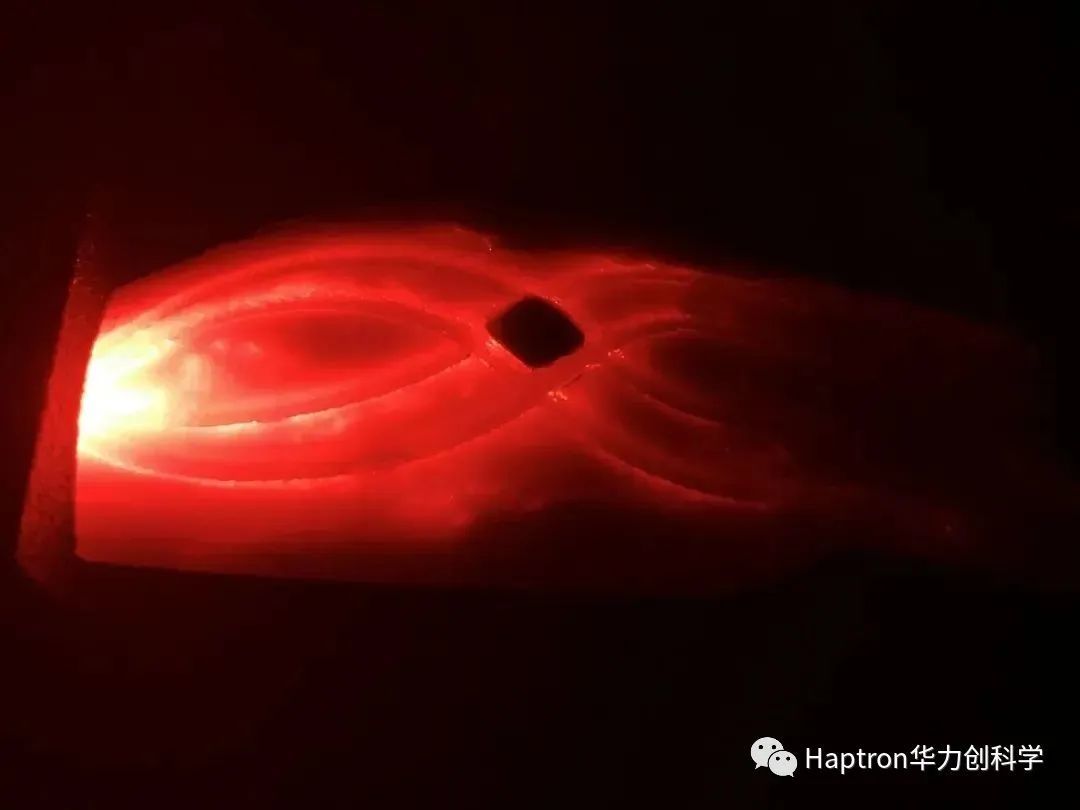
The sensing principle incorporates a special sensing structure developed for the purpose, which reduces the overall structural limitations while ensuring the physical parameters, and uses a special optical chip to ensure the stability of the sensing unit and reduce the system error. The sensing structure using this principle can be extremely small and thin in theory, which can break the limits of the existing technology in precision and structure size, and can also break the technical gap between dynamic and static force sensors.
Hongchuan source fund has been in the hard technology track depth layout, continue to be optimistic about Haptron Scientific company in the era of intelligent sensing explosive power and prospects, believe that the first fully automatic optical force sensor production line will accelerate the industrialization process, help Haptron Scientific company to become the invisible champion of the force sensing industry!
(The article is reproduced from the wisdom of medical equipment)
More news recommend
